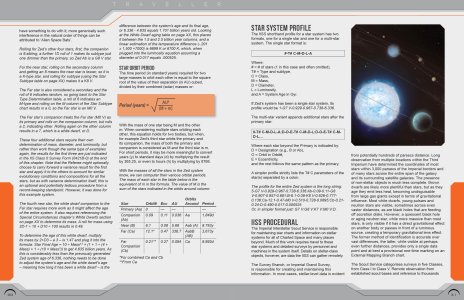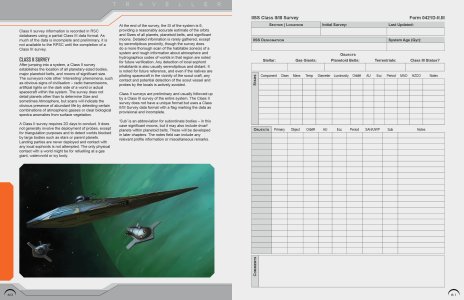The truly long-awaited World Builder's Handbook for Traveller is imminent! All going well, you should be seeing it on PDF and pre-order in the last week of the month. So, what can you expect to see?
Ultimately, this book is a toolset for the Referee to expand a world or system profile into a fully realised setting. It includes star system generation procedures for determining the type and location of a system’s significant stars and worlds, an expansion of mainworld generation – both physical and social – and the specifics for applying these rules to determining the physical and (if inhabited) social characteristics of the star system’s other worlds.

Both comprehensive and modular, this handbook allows the Referee to focus on whatever aspect of a world or system’s characteristics are most important to their adventure or campaign, and it includes knowledge gained in the thousands of exoplanetary systems discovered over recent years. You will be able to build habitable and hostile worlds, moons, gas giants, twilight worlds, and this book will showcase what your Travellers can see in the skies above these worlds.

Written for those wanting to dress up a world without paralysing (!) maths, those wanting to create a layer of verisimilitude in the planets they create, and those wanting to be sure the astrophysics of their universes hold true, the World Builder's Handbook utilises the modular nature of Traveller to allow you to use as much or as little as you need for each adventure.

Also included are checklists, forms, examples, and the procedures and equipment used by the Imperial Interstellar Scout Service to survey and record information on the thousands of systems within and surrounding the Third Imperium, as well as a glossary to cover the astronomical terms introduced.
So get ready to dive into the World Builder's Handbook and begin to build your universe your way.
Expect to see this mighty tome on the week of June 26th!
Ultimately, this book is a toolset for the Referee to expand a world or system profile into a fully realised setting. It includes star system generation procedures for determining the type and location of a system’s significant stars and worlds, an expansion of mainworld generation – both physical and social – and the specifics for applying these rules to determining the physical and (if inhabited) social characteristics of the star system’s other worlds.

Both comprehensive and modular, this handbook allows the Referee to focus on whatever aspect of a world or system’s characteristics are most important to their adventure or campaign, and it includes knowledge gained in the thousands of exoplanetary systems discovered over recent years. You will be able to build habitable and hostile worlds, moons, gas giants, twilight worlds, and this book will showcase what your Travellers can see in the skies above these worlds.

Written for those wanting to dress up a world without paralysing (!) maths, those wanting to create a layer of verisimilitude in the planets they create, and those wanting to be sure the astrophysics of their universes hold true, the World Builder's Handbook utilises the modular nature of Traveller to allow you to use as much or as little as you need for each adventure.

Also included are checklists, forms, examples, and the procedures and equipment used by the Imperial Interstellar Scout Service to survey and record information on the thousands of systems within and surrounding the Third Imperium, as well as a glossary to cover the astronomical terms introduced.
So get ready to dive into the World Builder's Handbook and begin to build your universe your way.
Expect to see this mighty tome on the week of June 26th!